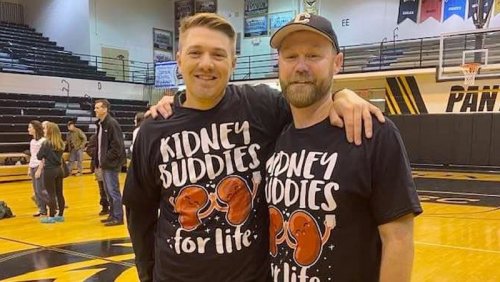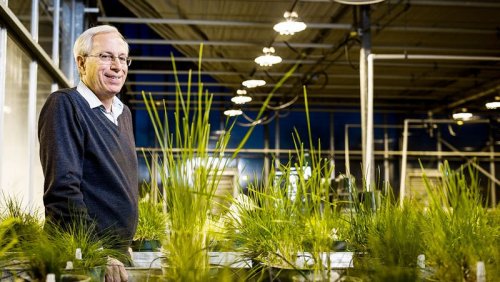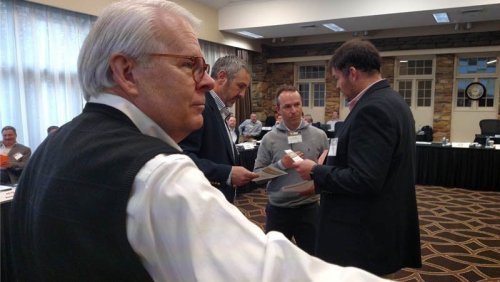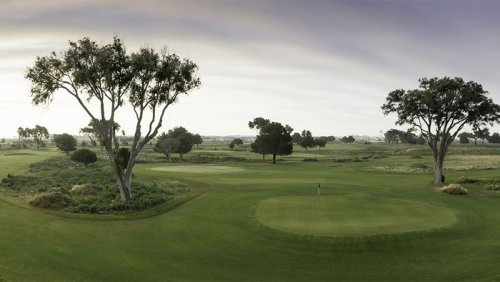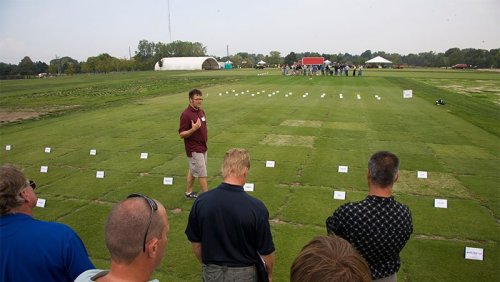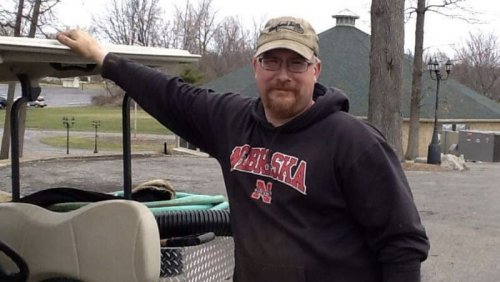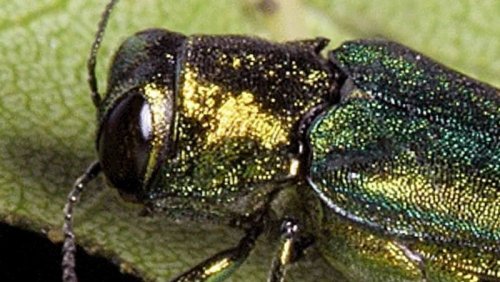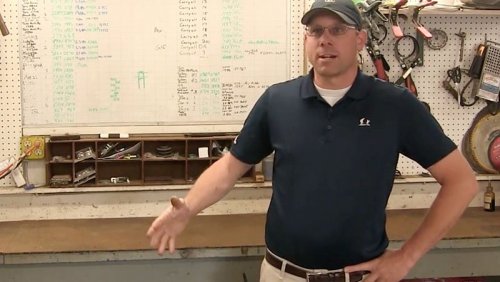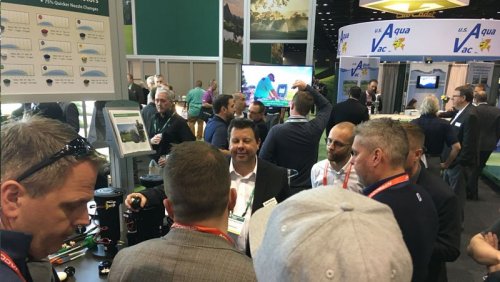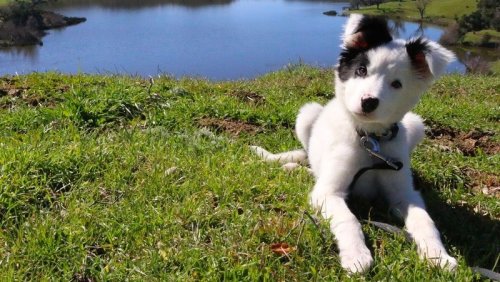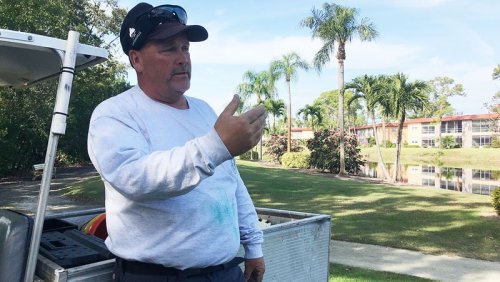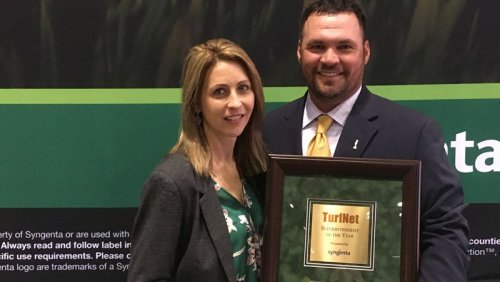
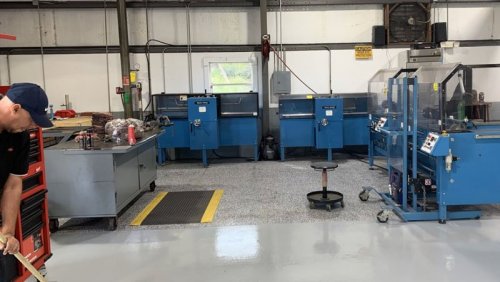
By the looks of photos he has posted recently on Twitter, he is doing the same thing at his current job at Royal Poinciana Golf Club in Naples, Florida.
If you know someone who keeps a shop as neat and organized as Skip, nominate them for the TurfNet Technician of the Year Award, presented by John Deere.
Cleanliness is only one of the factors we consider when choosing an award winner. Other criteria on which candidates are judged include: crisis management; effective budgeting; environmental awareness; helping to further and promote the careers of colleagues and employees; interpersonal communications; inventory management and cost control; overall condition and dependability of rolling stock; shop safety; and work ethic.
Click here to nominate your equipment manager. The nomination deadline is April 30
Three finalists will be profiled on TurfNet. The winner, who will be named later this year, will receive the Golden Wrench Award and some other good prizes from our new sponsor, John Deere.
Previous winners include (2019) Dan Dommer, Ozaukee Country Club, Mequon, WI; (2018) Terry Libbert, Old Marsh Golf Club, Palm Beach Gardens, FL; (2017) Tony Nunes, Chicago Golf Club, Wheaton, IL; (2016) Kris Bryan, Pikewood National Golf Club, Morgantown, WV; (2015) Robert Smith, Merion Golf Club, Ardmore, PA; (2014) Lee Medeiros, Timber Creek and Sierra Pines Golf Courses, Roseville, CA; (2013) Brian Sjögren, Corral de Tierra Country Club, Corral de Tierra, CA; (2012) Kevin Bauer, Prairie Bluff Golf Club, Crest Hill, IL; (2011) Jim Kilgallon, The Connecticut Golf Club, Easton, CT; (2010) Herb Berg, Oakmont (PA) Country Club; (2009) Doug Johnson, TPC at Las Colinas, Irving, TX; (2007) Jim Stuart, Stone Mountain (GA) Golf Club; (2006) Fred Peck, Fox Hollow and The Homestead, Lakewood, CO; (2005) Jesus Olivas, Heritage Highlands at Dove Mountain, Marana, AZ; (2004) Henry Heinz, Kalamazoo (MI) Country Club; (2003) Eric Kulaas, Marriott Vinoy Renaissance Resort, Sarasota, FL.
- Read more...
- 2,300 views

